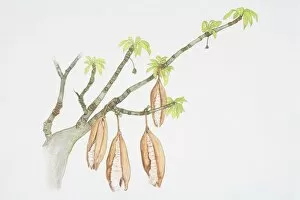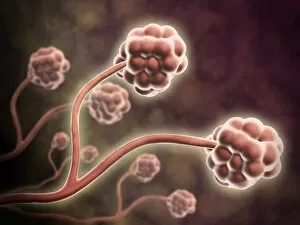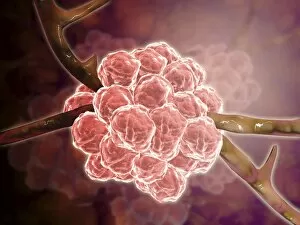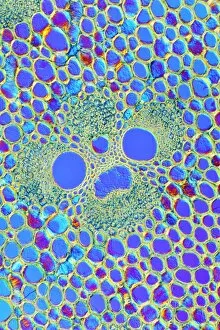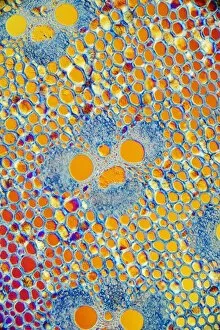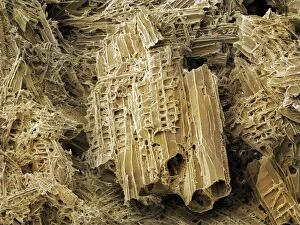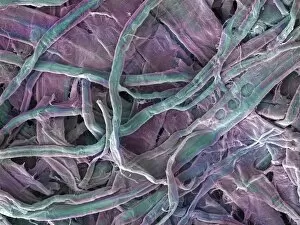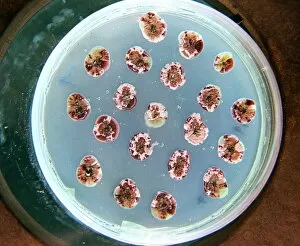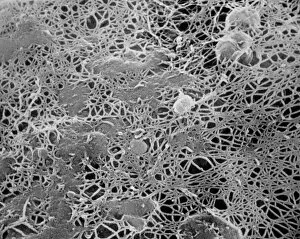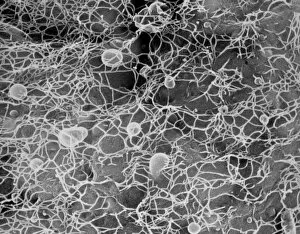Cellulose Collection
Cellulose, a fascinating compound found abundantly in nature, has diverse and intriguing properties
For sale as Licensed Images
Choose your image, Select your licence and Download the media
Cellulose, a fascinating compound found abundantly in nature, has diverse and intriguing properties. From its presence in rotten wood to its microscopic view under an SEM, cellulose showcases its versatility. One of the most remarkable aspects is its shape. Whether it forms the sturdy structure of a tree trunk or takes on various forms in toys like those featured in Hamleys Toy Shop catalogue from 1937 (litho), cellulose adapts effortlessly. Speaking of toys, imagine flipping through the pages of that vintage catalogue and stumbling upon cellulose-based playthings. From dolls to cars, these creations would have delighted children with their unique texture and durability. But cellulose isn't limited to just wooden wonders; it can also be found hanging from branches as pods on the majestic Ceiba pentandra, commonly known as the Kapok Tree. These pods serve as nature's storage units for this incredible compound. In another context entirely, we find ourselves transported to a communist factory where dedicated workers harness the power for industrial purposes. Their expertise ensures that this versatile material finds application across various sectors. Zooming into a microscopic level reveals yet another dimension – Stachybotrys chartarum. This fungus thrives on damp surfaces and presents itself under an SEM as intricate webs woven by tiny strands composed primarily fibers. Beyond fungi, stainless steel fermentation tanks equipped with cooling coils demonstrate how modern technology utilizes plate cellulose during fermentation processes. These tanks ensure optimal conditions for producing high-quality products while harnessing the benefits offered by this natural compound. From rotting wood to toy catalogues and even Communist factories - Cellulose proves time and again why it remains an essential component in our lives today.




